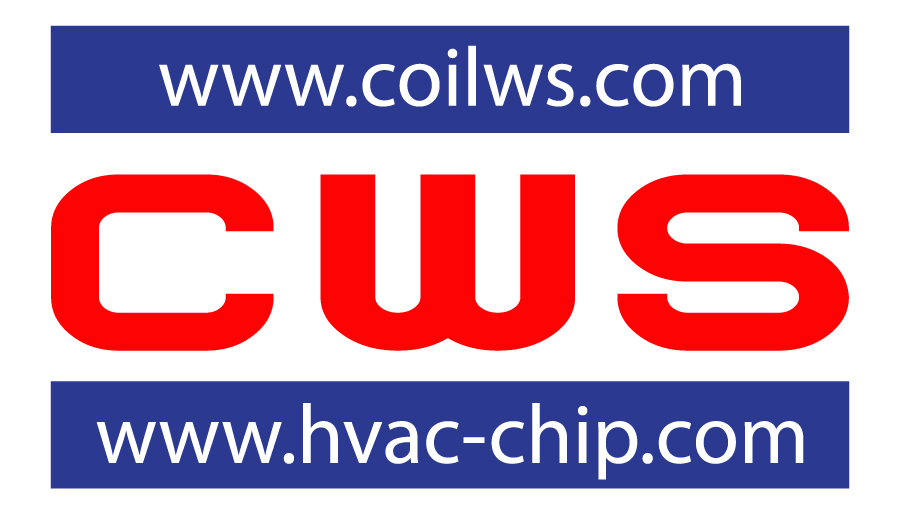 ---- October 21st 2024 ---- |



www.ccr.gov CAGE Code: 5DME2 ITAR Registration Code: M28889 |
Call: 1 (800) 377-3244 Monday to Friday 8 A.M. - 5 P.M. (Pacific Time) E-mail questions and requirements to: sales@coilws.com  *Please Note: Items without price are listed for CWS' capability purposes. |
|
AppNotes - Understanding EMC Stands and Specifications Page 5 (I
|
Disclaimer: Coil Winding Specialist, Inc., its affiliates, agents, and employees acting on behalf of Coil Winding Specialist, Inc. (collectively, CWS) disclaim any and all liability for any errors, inaccuracies or incompleteness contained herein or in any other disclosure relating to any product. CWS reserves the right at any time and from time to time to make changes to design, technical specification, or construction of any product listed on this website without notice. CWS also reserves the right to discontinue or limit sale of any product or service available throughout this website on temporary or permanently basis without notice. CWS highly recommends customers not to use its products offered on this website for inappropriate use and applications. Products should be tested for its suitability by prospective customers in all possible applications and conditions. Customers using or selling CWS products for use in other than recommended applications do so entirely at their own risk and agree to fully indemnify CWS from any damages arising or resulting from such use or sale.
WARNING: This product can expose you to chemicals which is [are] known to the State of California to cause cancer and birth defects or other reproductive harm. For more information go towww.P65Warnings.ca.gov.
![]()
![]()
![]()
![]()

Any Comments, Suggestions or Questions? Contact us!
Email: sales@coilws.com
CWS
353 West Grove Ave. Orange, California 92865
Call us Toll Free: 1-800-679-3184 or 1 (800) 377-3244
Tel: (714) 279-9010,
Fax: (714) 279-9482
Copyright 2008, Coil Winding Specialist, Inc
Updated July, 2013
CAGE Code: 5DME2(Registered with www.ccr.gov)




